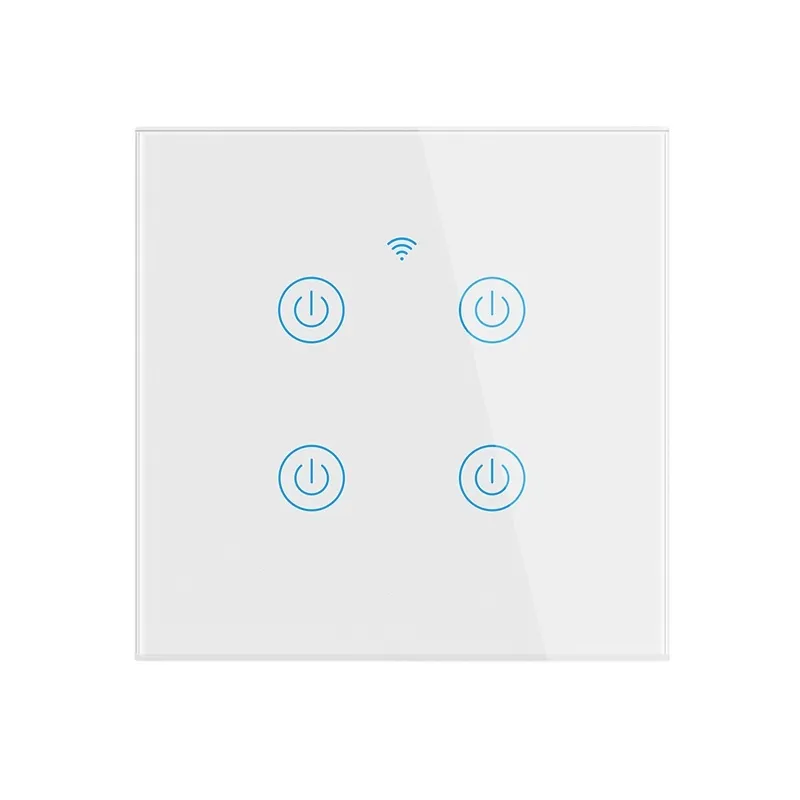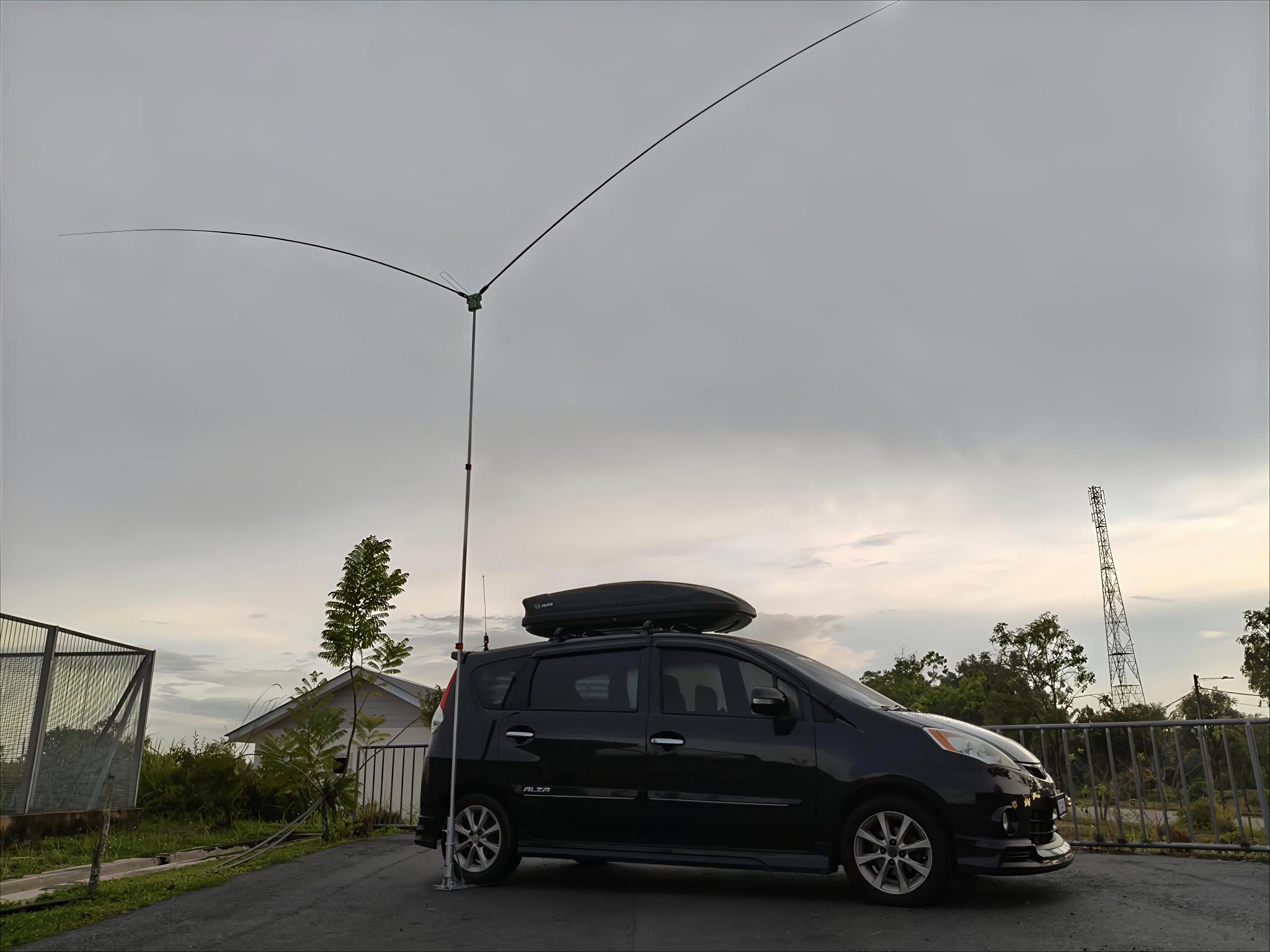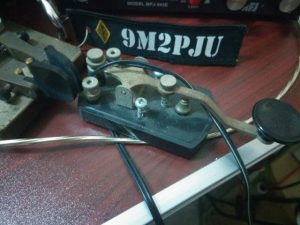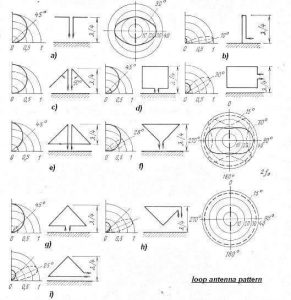DIY
do it yourself
electric
electrical
Electrician
electricity
home
home improvement
homebrew
lighting
DIY electrical, electrical upgrades, electrical wiring, energy efficiency, home automation, home gadgets, home improvement, home renovation, home tech, home upgrades, LED lights, modern home, neutral wire, no-neutral switch, smart home, smart home devices, smart home installation, smart home technology, smart lighting, smart switches
9M2PJU
0 Comments
Neutral vs. No-Neutral Smart Switches: Which One is Right for You?
One of the most common questions homeowners ask when upgrading to smart home technology is: Should I choose a smart switch with a neutral wire or one without? This decision depends on your home’s wiring setup and the specific needs of your lighting system. In this guide, we’ll break down the differences between these two types of switches, how they work, and which option may be the best fit for your home.
Understanding the Basics of Electrical Circuits
To understand how smart switches operate, let’s start with a simple electrical circuit. In a basic setup, a power source (such as a battery or a home electrical panel) sends electricity through wires to a light bulb. When the circuit is complete, the bulb lights up; when the circuit is broken, the light turns off.
In home electrical systems, instead of calling the wires positive and negative (as with batteries), they are referred to as live (hot) and neutral. The live wire carries electricity from the power source, while the neutral wire completes the circuit by returning electricity to the panel.

How Traditional Light Switches Work
A traditional switch is placed along the live wire, controlling whether the circuit is open (light off) or closed (light on). When you turn off a traditional switch, both the bulb and the switch itself lose power since the circuit is completely broken. This setup works perfectly for standard light switches, but for smart switches, it creates a challenge.
Smart switches need continuous power to function because they rely on electronic relays and wireless communication (Wi-Fi, Zigbee, or Z-Wave). If a smart switch is installed in a circuit without a neutral wire, it might lose power when turned off, making it impossible to receive remote commands.

Smart Switches with a Neutral Wire
A neutral smart switch has an additional connection to the neutral wire inside your switch box. This ensures the switch always has access to power, even when the light is off, allowing it to remain connected to your smart home system.
✅ Pros of Neutral Smart Switches:
- Stable power supply – The switch always has electricity for its smart functions.
- Compatible with most light types – Works well with LED, CFL, and incandescent bulbs.
- No flickering issues – Since it gets continuous power, it prevents flickering problems.
- Reliable connectivity – Maintains a stable wireless connection to smart home hubs.
❌ Cons of Neutral Smart Switches:
- Requires a neutral wire – Not all homes, especially older ones, have neutral wires in the switch box.
- Installation can be complex – If no neutral wire is available, additional wiring might be needed.

Smart Switches Without a Neutral Wire
In homes without a neutral wire, a no-neutral smart switch is a convenient alternative. Instead of fully breaking the circuit when turned off, these switches allow a tiny amount of electricity to keep flowing—just enough to keep the switch powered but not enough to illuminate the light fully.
✅ Pros of No-Neutral Smart Switches:
- Easier installation – No need to modify wiring, making it ideal for older homes.
- No additional wiring required – Works with existing wiring setups.
- Convenient for renters – Can be installed without major electrical work.
❌ Cons of No-Neutral Smart Switches:
- Potential flickering issues – Some LED and CFL bulbs may flicker or glow faintly when off.
- Limited compatibility – Requires bulbs with a certain minimum wattage (usually above 6W) to function properly.
- Might need a bypass capacitor – Some models require additional components to prevent flickering.

How No-Neutral Smart Switches Work
Instead of fully cutting power, a no-neutral switch sends a very small amount of electricity through the circuit when in the “off” state. This keeps the switch powered without visibly lighting up the bulb.
For example, if you have a 20W ceiling light, the no-neutral switch might function like this:
- ON: The switch sends the full 20W to the light, turning it on.
- OFF: The switch sends a minimal amount (e.g., ~1W) to power itself, but not enough to turn on the light.
Common Concerns and Misconceptions
1. Do No-Neutral Switches Cause Flickering?
- Not always. Flickering usually happens with very low-wattage bulbs (below 6W) that receive just enough power to glow dimly when “off.”
- Some manufacturers include a bypass capacitor to fix this issue.
2. Do No-Neutral Switches Use More Electricity?
- No. Both neutral and no-neutral switches consume minimal power to stay connected, similar to how a TV in standby mode draws a small amount of power.
- The electricity used is very low and unlikely to impact your utility bill.
Which Smart Switch Should You Choose?
- If your home has a neutral wire → A neutral smart switch is the best option for reliability, compatibility, and performance.
- If your home does not have a neutral wire → A no-neutral smart switch is a great alternative, but you should check for flickering issues and consider using compatible bulbs.
Final Thoughts
Choosing between a neutral and no-neutral smart switch depends on your home’s wiring and your specific needs. If you want the most stable and future-proof solution, a neutral smart switch is the way to go. However, if you have an older home without a neutral wire and don’t want to rewire, a no-neutral smart switch can still work well with the right setup.







Post Comment